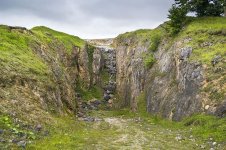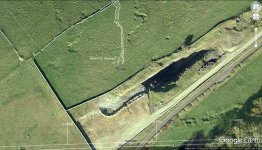Les W
Active member
You don't actually need to use armoured cable, you could just run twin and earth and keep it out of the way of possible damage.
I believe the BEC pumped the terminal sump of St Cuthberts Swallet, a distance of about 1km (I may be wrong on the distance) using just such cable, a 110v pump and a variac to adjust the voltage at the surface to ensure 110v at the other end.
Using this method will allow a much smaller cable cross sectional area (as you can drop almost half the volts rather than just a small amount) and will be correspondingly cheaper (Cable is priced pretty much by it's copper content). Also an electrician with a trade account will be able to buy it much cheaper (normally).
I believe the BEC pumped the terminal sump of St Cuthberts Swallet, a distance of about 1km (I may be wrong on the distance) using just such cable, a 110v pump and a variac to adjust the voltage at the surface to ensure 110v at the other end.
Using this method will allow a much smaller cable cross sectional area (as you can drop almost half the volts rather than just a small amount) and will be correspondingly cheaper (Cable is priced pretty much by it's copper content). Also an electrician with a trade account will be able to buy it much cheaper (normally).





